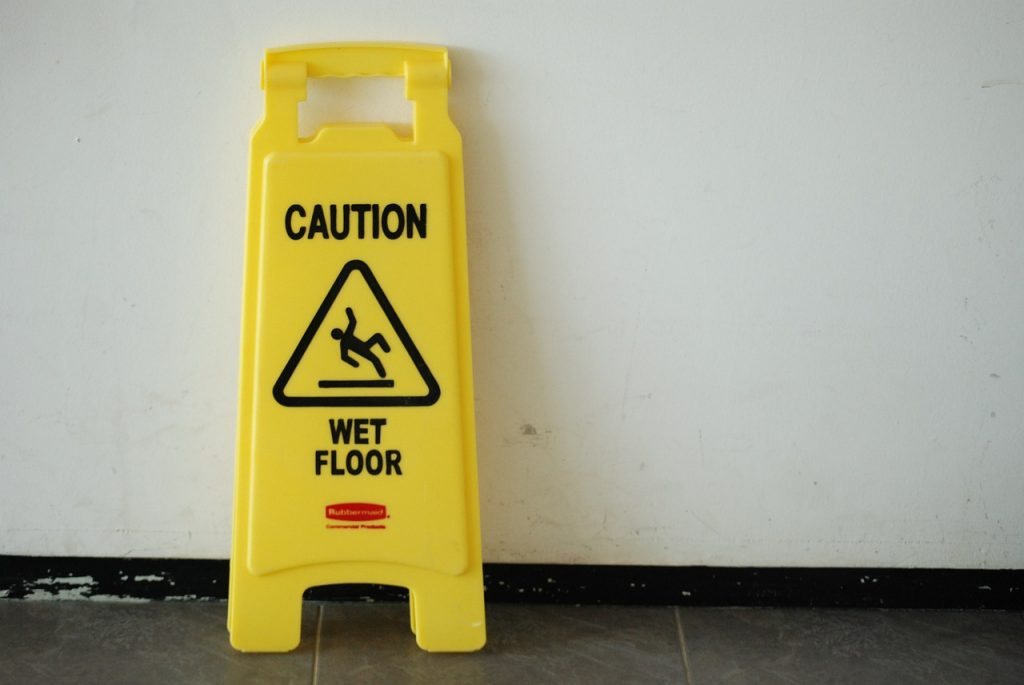Your entire business relies on janitorial cleaning supplies, but they can cost you more than they need to if you don’t keep an accurate inventory.
The nature of your cleaning business is that you’re spread across many client sites, often storing janitorial cleaning supplies on-site while others are constantly in transit. As if it weren’t difficult enough to maintain an accurate inventory in-house, keeping track of so many floating supplies remains an even greater challenge.
Regardless the challenge, tracking janitorial cleaning supplies can save your business a significant amount of time and money. Imagine if, in a single month, you can’t account for a gallon of disinfectant, a box of trash bags, and a few rolls of paper towels. That might only cost about thirty dollars, but now multiply that loss over twelve months—that’s $360 on the year, which is a few days’ wages for some cleaners. To take it even further, spread that out over five client sites. Now you’ve lost $1,800, and that’s one of the best case scenarios.
Make checklists and track your progress with Janitorial Manager. Schedule a free demo right now to find out more!
Time is a factor as well. Without the proper cleaning supplies, your cleaners must take time out of their days to find workarounds, and you as an operations manager lose time taking inventory and calculating or estimating the actual loss incurred.
So how can you better track your supplies? We’ve got a few suggestions for you below.

4 Tips to keep up with your janitorial cleaning supplies
1. Invest in janitorial inspection software
The best way to track your janitorial cleaning supplies in the modern age is to use software designed to do just that. By using janitorial inspection software, your cleaners will be able to keep an up-to-date inventory that you can view at any time. Discrepancies and missing items become much easier to identify, and ordering new inventory takes up less of your time, which translates to dollars saved.
The other nice thing about using janitorial inspection software for supply tracking is that you can connect inventory to work site, making it easier to notice if supplies are disappearing more quickly than they should be.
2. Incentivize employees
We’d all like to think that working for wages is enough to keep our employees engaged, but the truth is that jobs become routine quickly, and with routine very often comes complacency. Employees responsible for tracking janitorial cleaning supplies at client sites may not take the care that they should. Sometimes—as much as we hate to say it—employees or clients might even lift some supplies for personal use. Either way, when the supplies go missing, so does some of your revenue.
People will, however, work harder if they feel there’s something in it for them. Offering something like a gift card or movie tickets to employees with accurate inventories is a good way to get them on board with maintaining accuracy. Even just recognizing someone publicly on a job well done can be enough to get one of your cleaners to exercise a little more care with janitorial cleaning supplies.
Make checklists and track your progress with Janitorial Manager. Schedule a free demo right now to find out more!
3. Develop a storage system
You may store supplies at different client sites, but that doesn’t mean you need to organize them differently. Sure, there will be some nuances, but if you develop a storage standard for all of your employees to follow, you make it a lot easier to notice if something is missing. In addition, you save your employees time if they end up switching work sites or covering for someone else because they won’t have to look around for the supplies they need.
If you develop a system, it’s a good idea to check on it at each site from time to time. You want to make sure that the system works and stays in place. Again, employee incentives here can help with inventory structure.
4. Minimize on-site storage
Finally, you can better track your janitorial cleaning supplies if they are all in one place. Since that’s not an option, the next best thing is to keep as many of the supplies as you can in a centralized location where it’s easier to keep track of what’s going out and what’s coming in. Estimate what supplies and how many of each an employee may need on-site and store the rest at company headquarters.
When supplies do need to be replaced on-site, take it upon yourself or an assistant to restock whatever may be necessary. This reduces the number of people who are taking from central inventory. The fewer hands that touch the inventory, the less likely any of it will go missing.

